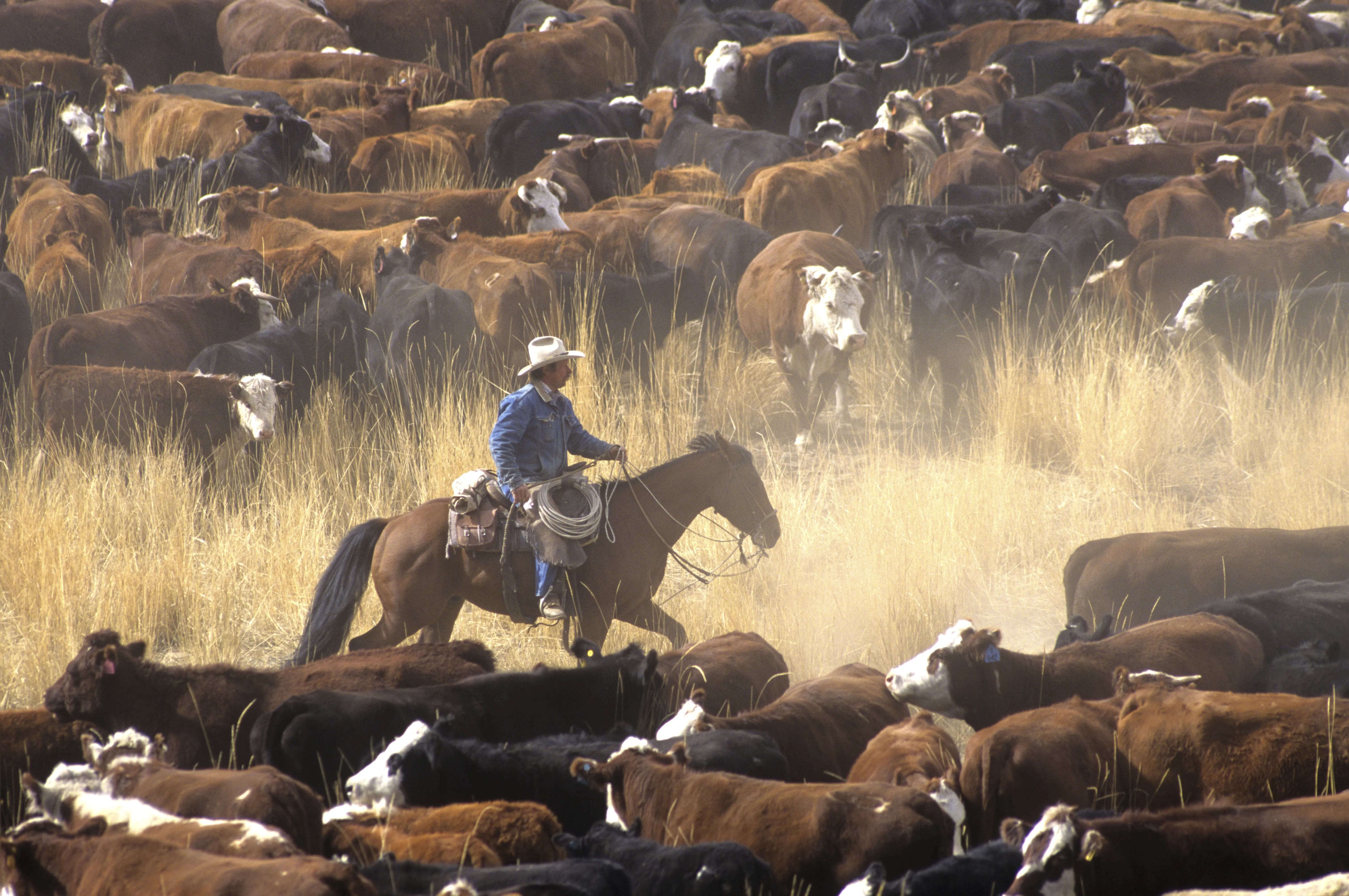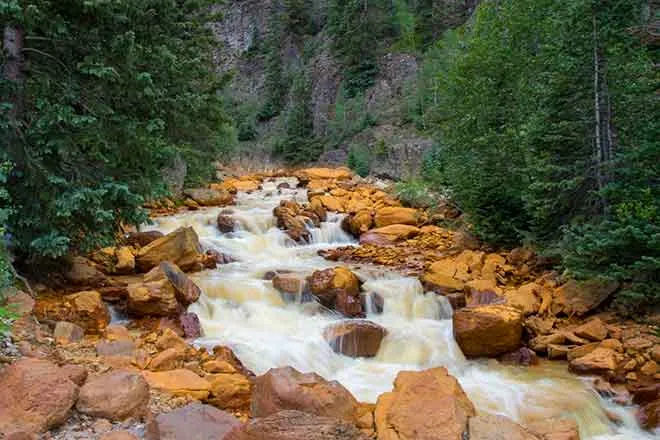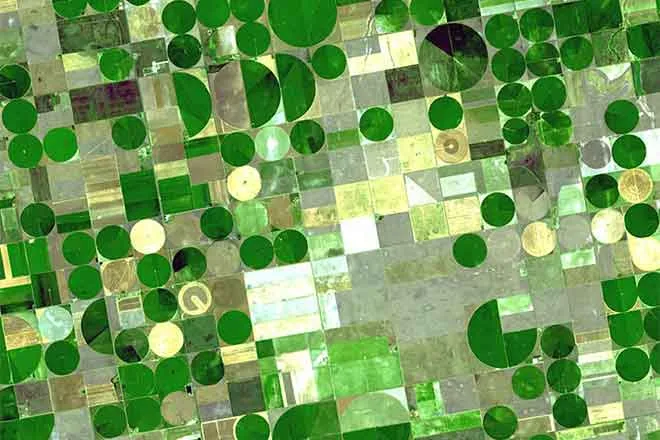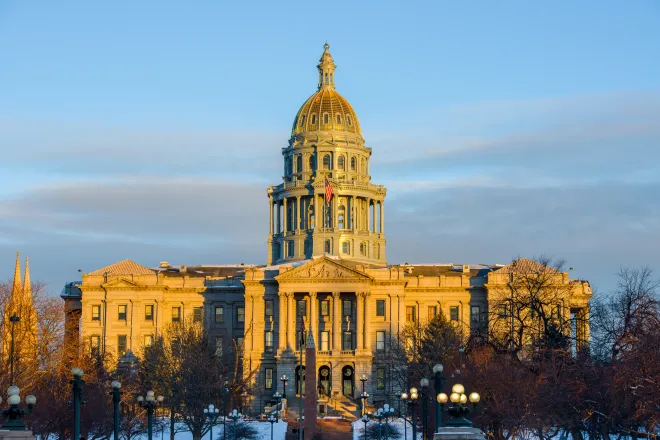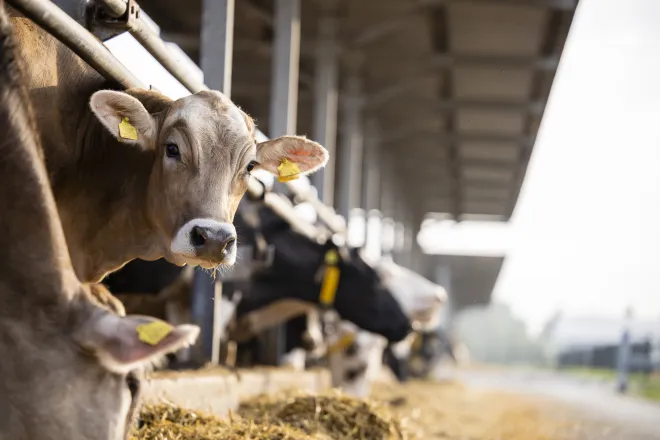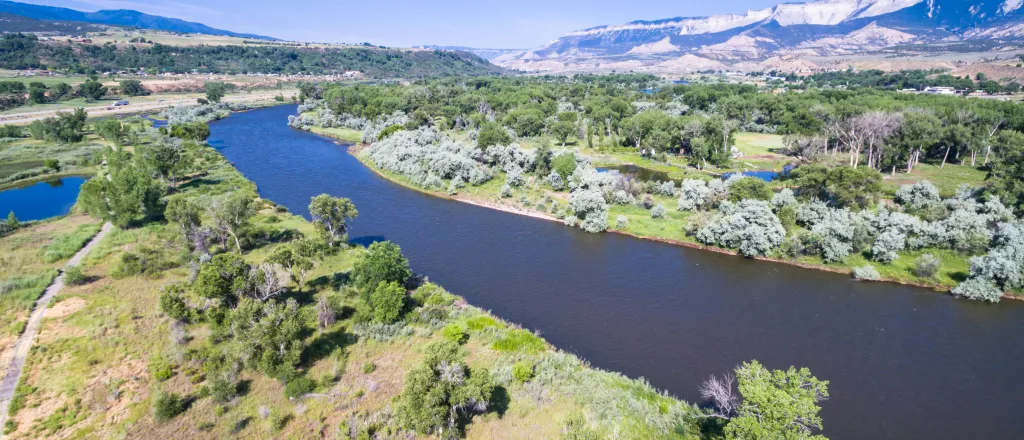
Despite recent water supply improvement, more cuts expected for Colorado River
(Nevada Current) After Lake Mead hit an all-time low two years ago, the Colorado River’s water supply is in a much better position this summer, but it hasn’t improved enough to prevent further cuts this year.
While conservation efforts and two hardy winters have improved the short-term outlook for the Colorado River, Lake Mead is currently at 33 percent of capacity, meaning cuts this summer are likely, said Bureau of Reclamation Commissioner Camille Calimlim Touton in Las Vegas Wednesday.
“Where we’re going to be, most likely, is in a tier reduction. But the good news is it’s not where we were two years ago, and the lake is in a better place,” Touton said.
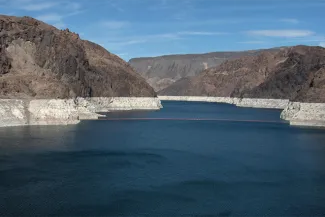
Lake Mead on the Colorado River in Nevada as seen from the Hoover Dam. Courtesy Waycool27
In 2021 and 2022, Lake Powell and Lake Mead — the two largest reservoirs in the nation — both fell below critical thresholds, triggering emergency water cuts in Nevada, Arizona, and California and federal action to protect the lakes.
A historic and extended drought on the Colorado River has severely impacted regional water supply, but recent conservation efforts have federal, state and local leaders cautiously optimistic.
During the second annual Southern Nevada Water Summit at the Springs Preserve on Wednesday, Democrat U.S. Representative Susie Lee highlighted $141 million in federal funding for 20 water projects across Nevada under the Bipartisan Infrastructure Law, including funding for the Las Vegas Wash, which carries millions of gallons of treated wastewater to Lake Mead.
In 2022, Congress also passed the Inflation Reduction Act to provide $4 billion in funding to the Bureau of Reclamation to mitigate drought in the western United States, prioritizing the Colorado River Basin. That funding has already secured 1.7 million acre-feet of water conservation through 2026, when current guidelines for managing the river expire.
“We’ve been able to stabilize the system in the short term, and now we are focused on what this river looks like for the future, for the next decade, for the next two decades, recognizing that climate change is real,” Touton said.
Touton praised Colorado River basin states’ voluntary efforts to reduce water use, highlighting an agreementby the Imperial Irrigation District in California Monday to leave up to 700,000 acre-feet of water in Lake Mead through 2026.
A robust water year for the Colorado River in 2022 and 2023 gave states a few more years of stability, but the river— which provides water for 40 million people across seven states and parts of Mexico— was on the verge of collapse, say federal water managers.
“We really were on the brink of catastrophe if we got another dry year,” Reclamation hydrologist Shana Tighi said. “Mother Nature was kind to us, and Congress was very kind to us, and those two things together are what enabled us to get there voluntarily.”
In 2022, federal officials gave western states the option to either reach a consensus to voluntarily reduce water use or be forced to by the federal government. California, Arizona and Nevada agreed to collectively reduce water use by at least 3 million acre-feet through the end of 2026.
While the lower and upper Colorado River basin are each allocated 7.5 million acre-feet of water, for a total of 15 million acre-feet, officials acknowledge only 12.4 million acre-feet flows from the river each year, and flows continue to shrink due to climate change. Hydraulic studies by the federal government show that flow will likely decrease by another 3 million acre-feet of water in the next decade.
“We are going to have to come up with a way to bear really big shortages due to climate change,” Touton said.
Based on Reclamation’s most recent hydraulic models, Lake Mead water level could drop to 1050 feet, or a Tier 2 shortage, by the end of 2025, making continued conservation efforts critical, Tighi said.
“We are not out of the woods yet,” Tighi said. “These conservation programs are working. Yes, it’s painful, but it’s working, and it’s preserving a very critical and vital water source for this entire area.”
Nevada Current is part of States Newsroom, a nonprofit news network supported by grants and a coalition of donors as a 501c(3) public charity. Nevada Current maintains editorial independence. Contact Editor Hugh Jackson for questions: info@nevadacurrent.com. Follow Nevada Current on Facebook and X.

